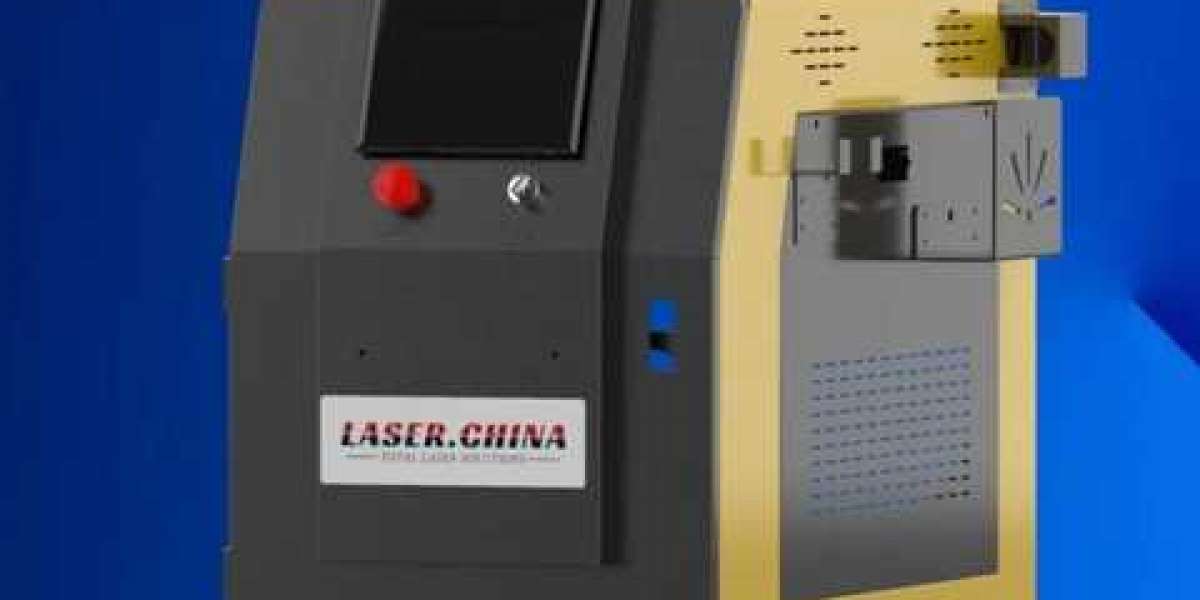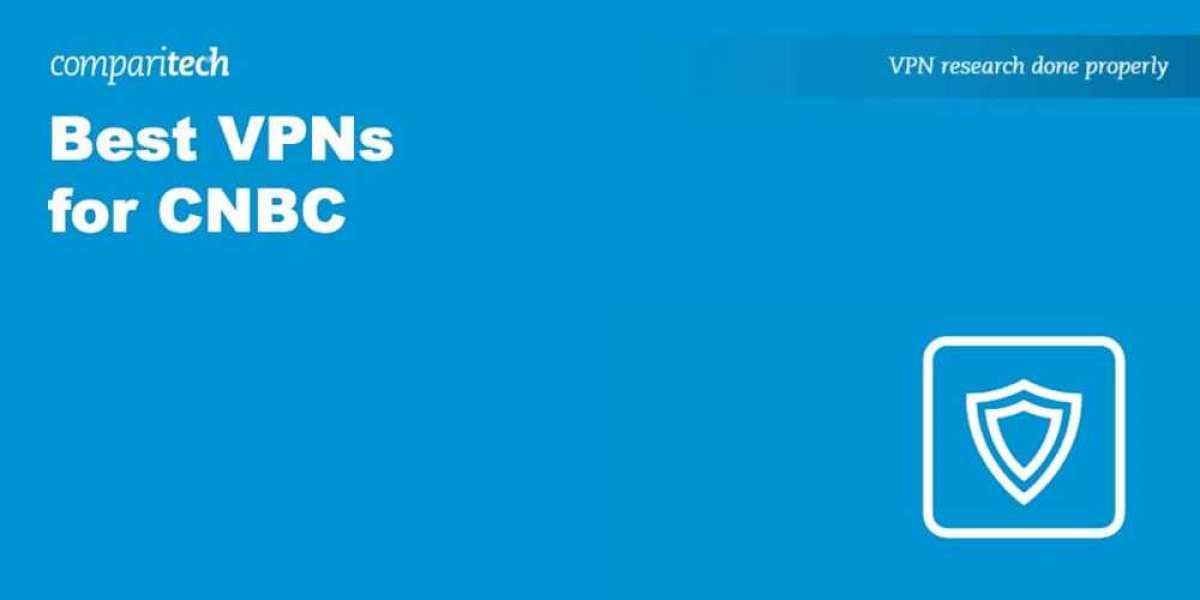Software as a Medical Device (SaMD): Shaping the Future of Digital Healthcare
Introduction
Software as a Medical Device (SaMD) refers to software that is intended to be used for medical purposes without being part of a physical medical device. Unlike traditional medical equipment, SaMD performs critical healthcare functions independently through platforms such as computers, smartphones, and cloud systems. It has rapidly gained importance with the growth of digital health, telemedicine, and artificial intelligence.
What is Software as a Medical Device (SaMD)?
The International Medical Device Regulators Forum (IMDRF) defines SaMD as software that is intended for medical use, including diagnosis, prevention, monitoring, treatment, or alleviation of disease, and which does not rely on hardware to function.
Examples of SaMD include:
Mobile apps that monitor heart rhythms
Software that analyzes medical images
AI-powered diagnostic tools
Digital therapeutics for mental health management
Remote monitoring platforms for chronic diseases
Key Applications of SaMD
Disease Diagnosis: AI-based imaging analysis, ECG monitoring apps, cancer detection algorithms.
Chronic Disease Management: Apps for diabetes, hypertension, and cardiovascular health monitoring.
Digital Therapeutics: Mental health apps, cognitive behavioral therapy software, substance abuse recovery tools.
Remote Patient Monitoring: Real-time health data collection and analysis for patient care outside clinical settings.
Predictive Analytics: Risk assessment and disease progression modeling using patient data.
Advantages of SaMD
Accessibility: Can be used on smartphones and computers, making advanced medical tools widely available.
Real-Time Decision Support: Provides healthcare professionals with instant analysis and recommendations.
Cost-Effective: Reduces the need for expensive hardware and hospital visits.
Remote Capabilities: Supports telehealth and home-based care.
Rapid Updates: Software can be improved and updated quickly to reflect new clinical guidelines.
Market Trends
Rapid Growth in Digital Health: Increasing reliance on digital tools is fueling SaMD adoption.
Integration with AI and Machine Learning: AI-powered SaMD is expanding, especially in diagnostics and personalized medicine.
Rise of Wearables and Mobile Health Apps: SaMD is frequently integrated with wearable devices for real-time health tracking.
Regulatory Development: Agencies like the FDA and European regulators are creating frameworks specifically for SaMD.
Cloud-Based Solutions: Cloud storage and computing allow SaMD to access large datasets efficiently.
Challenges
Regulatory Complexity: Different countries have varying approval processes for SaMD.
Data Security and Privacy: Managing sensitive health data in digital environments requires strict cybersecurity measures.
Clinical Validation: SaMD must undergo rigorous clinical testing to prove accuracy and reliability.
Rapid Technological Change: Constant software updates can challenge regulatory tracking and oversight.
Conclusion
Software as a Medical Device is transforming healthcare by making medical solutions smarter, faster, and more accessible. As technology continues to advance, SaMD will play a central role in areas like personalized medicine, chronic disease management, and remote healthcare delivery. Collaboration between software developers, medical professionals, and regulators will be key to ensuring safe, effective, and patient-centric solutions in the future of digital health.








